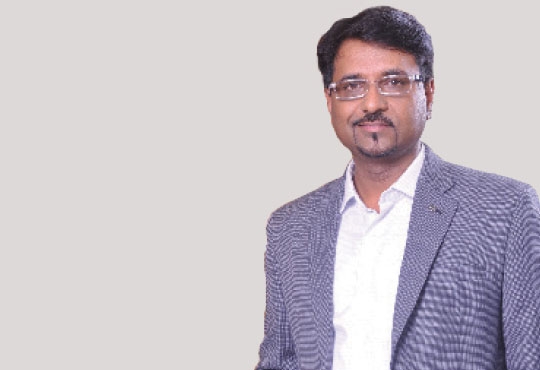
CIOTechOutlook >> Magazine >> April - 2013 issue
Enterprise Operating Platforms in 2013: Big Data, Increased IT Importance, and the Rise of the Cloud OS
By
 Enterprise IT continued to evolve in 2012 at
Enterprise IT continued to evolve in 2012 ata lightning-fast pace. Concepts like hybrid environments and cloud operating systems moved from being buzzwords that were discussed and planned for, to, in many cases, full-scale
implementation.
Simultaneously, other trends began to take shape – trends that will heavily influence the way enterprises approach IT well into next year and beyond. These trends range from the way organizations handle big data to the ever-present need for mission-critical computing. They signify the rising importance of
IT within the enterprise, and beg the answer to the question "What does the future enterprise platform really look like?"
The role of IT has never been more important within the enterprise. In a recent Gartner and Forbes survey of Board of Directors, the percent of respondents that rated IT's strategic
business value contribution as high or extremely high doubled between 2010 and 2012. The rising expectations of executives require IT to be even more agile when addressing the needs of the business.
In response, we are seeing a trend towards convergence of compute, storage and
network as integrated infrastructure in the next few years. Many organizations are
also looking to standardize their infrastructure to become more efficient.
While the long-term goal is simplification
and standardization, this represents a significant shift for IT. How and when
companies move forward will depend on their ongoing virtualization and cloud computing efforts.
Enterprises Work towards Improving from a Process Perspective
From a process perspective, we are also seeing the convergence of development, infrastructure and IT operations teams to strengthen the interdependence of these groups and reduce
development and deployment time. More organizations will adopt an integrated DevOps approach to increase communication, collaboration and integration between these teams, and thus eliminate issues that stem from
incomplete hand-offs, misinformation or insufficient skills.
This will put additional strain on developers. Not only are they tasked with developing and
managing code; many of tomorrow's developers will also be challenged with troubleshooting infrastructure issues once solutions they build are in deployment. This makes the need for
reliable platforms and stable operating systems even more critical. As their jobs become more complex, they need an enterprise platform that frees them to focus on new projects, instead of
managing downtime. This model will continue to gain traction within organizations as the IT department achieves greater prominence and enterprises look to streamline operations. But it will not come without challenges. Enterprises
CXO Insights
By Bhaskar Pramanik, Chairman , Microsoft India
Digital Trasformation: Why It Isn't Adding Up...
By Shantanu Chakraborthy, Director of Marketing & Client Engagement, Concentrix
Transforming Networking with IP Storage



